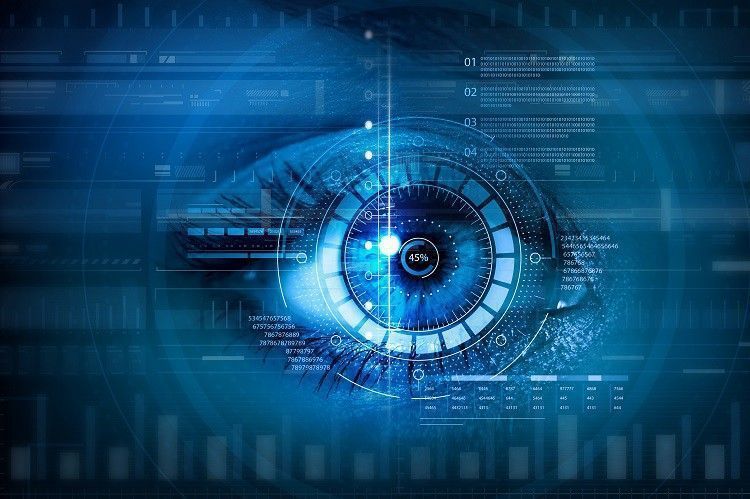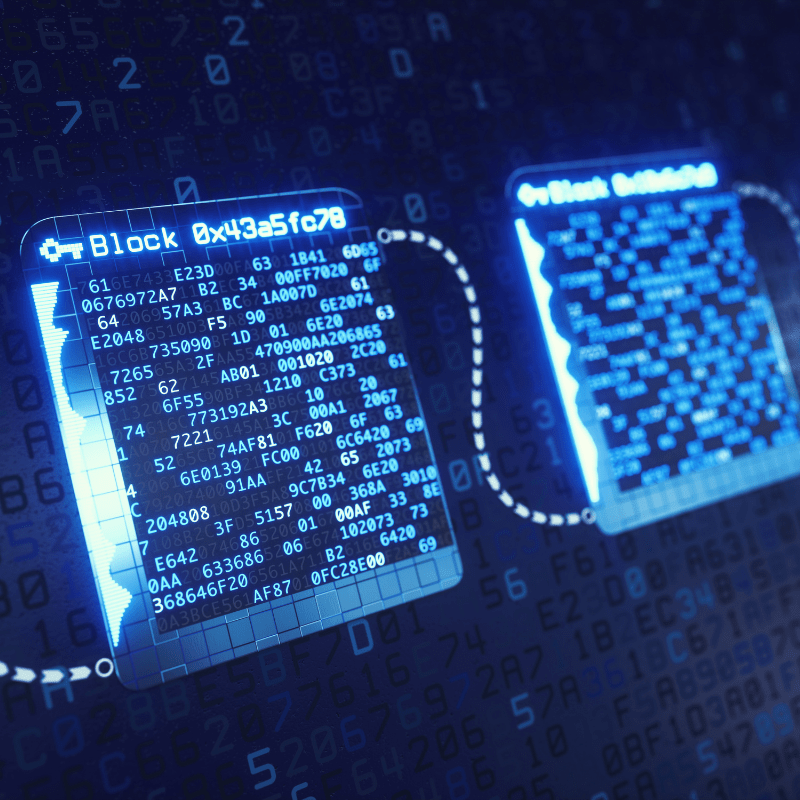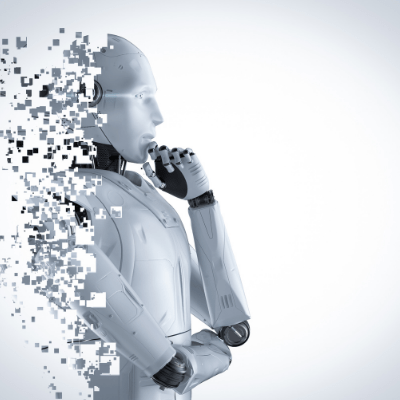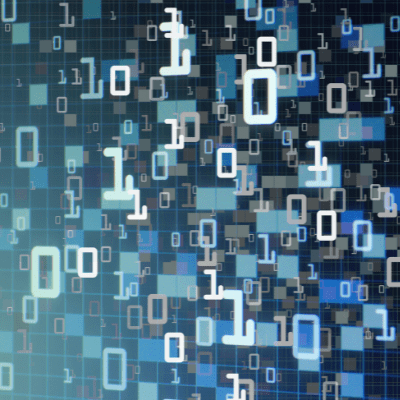Computer Vision in Retail
Machine/computer vision technologies have applications in a range of industries. Retail is one of those industries, not least because retail is a fast-moving and resource-heavy industry. Machine vision and other AI technologies can improve productivity, create efficiency savings, and improve the customer experience.
Machine vision is the ability of a computer system to recognise objectives and environments in both images and videos. The main applications for machine vision in retail include:
- Automated checkouts
- Inventory management
- Theft reduction
- Merchandising
While there are challenges with each, the potential of machine vision in these four areas is significant.
Automated Checkouts
The process of automated checkouts from the perspective of a customer is straightforward. They enter a store and begin to select items. The machine vision technology captures and identifies the products they have selected, adding those products to the customer’s bill.
How the customer proceeds from this point will depend on how the retailer chooses to identify the customer. The two main options include:
- No identification – in this setup, the system does not know who the customer is as the machine recognition algorithm detects the products the customer adds to their basket. Once the customer has finished shopping, they will go to a payment area. The machine vision system can also be used to detect when the customer has reached this point in the store, where it can then automatically start the process for payment.
- Identification as the customer enters the store – in the other main option available to retailers, the customer simply leaves the store once they finish shopping. This approach is possible because the system will know who the customer is as they walk around the store. The system could do this using facial recognition to identify customers in their database, or by getting customers to swipe their payment card as they enter the store, similar to how you can pay for some multi-story car parks.
Automated checkout solutions will dramatically change the customer experience as customers will be able to purchase items faster and with less friction.
These solutions will also change how retailers operate as they will need fewer people to perform the repetitive and time-consuming task of processing a sale at checkout. This will drive efficiency savings and will give retailers scope to reallocate resources to tasks that drive more value for the business.
Inventory Management
This application of machine vision technology involves cameras monitoring shelves in stores. Those cameras could be fixed to the shelves or on robots that move up and down the aisles. The machine vision algorithm can then identify the products on the shelves as well as the quantity, notifying staff when stock levels fall below a certain level so the shelf can be restocked. The goal of this machine vision application is to increase the efficiency of stock replenishing processes in retail environments, and to prevent lost sales due to a product not being on a shelf when it could have been.
Theft Reduction
Inventory theft is an issue in many stores, with retailers often hiring security staff to monitor identify and suspicious activity. This process involves looking at images – still and video images – to identify behavior patterns consistent with theft. Machine vision technologies can be used to perform a similar function, enhancing the security of retailers and minimising theft. Couple this with other AI technologies such as machine learning, and improvements in theft detection can be taken a stage further. Machine learning technologies can use the data from machine vision systems to learn and become more familiar with standard shopping patterns in the store. This enhanced and always-improving understanding will make the system better at identifying anomalous behavior that could indicate a potential theft situation – all in real-time. The goal of this machine vision application is to increase the efficiency of stock replenishing processes in retail environments, and to prevent lost sales due to a product not being on a shelf when it could have been.
Merchandising
Machine vision technologies can also be used by retailers to identify and analyze shopping patterns in their stores. They can then use this analysis to assess the effectiveness of their store layout and merchandising strategy, making changes based on data rather than best guesses. This is another area where AI technology can take this solution a stage further. For example, predictive analytics and simulation technologies could take the data produced by the machine vision system to create new store layouts that optimise the customer experience and maximise sales.
Transforming Retail Businesses
The retail industry has already been through a technological transformation with the growth of e-commerce. Those who were late to embrace e-commerce struggled to survive. Machine vision, machine learning, and similar technologies are the new disruptors in retail and are set to alter the future of the industry.

























